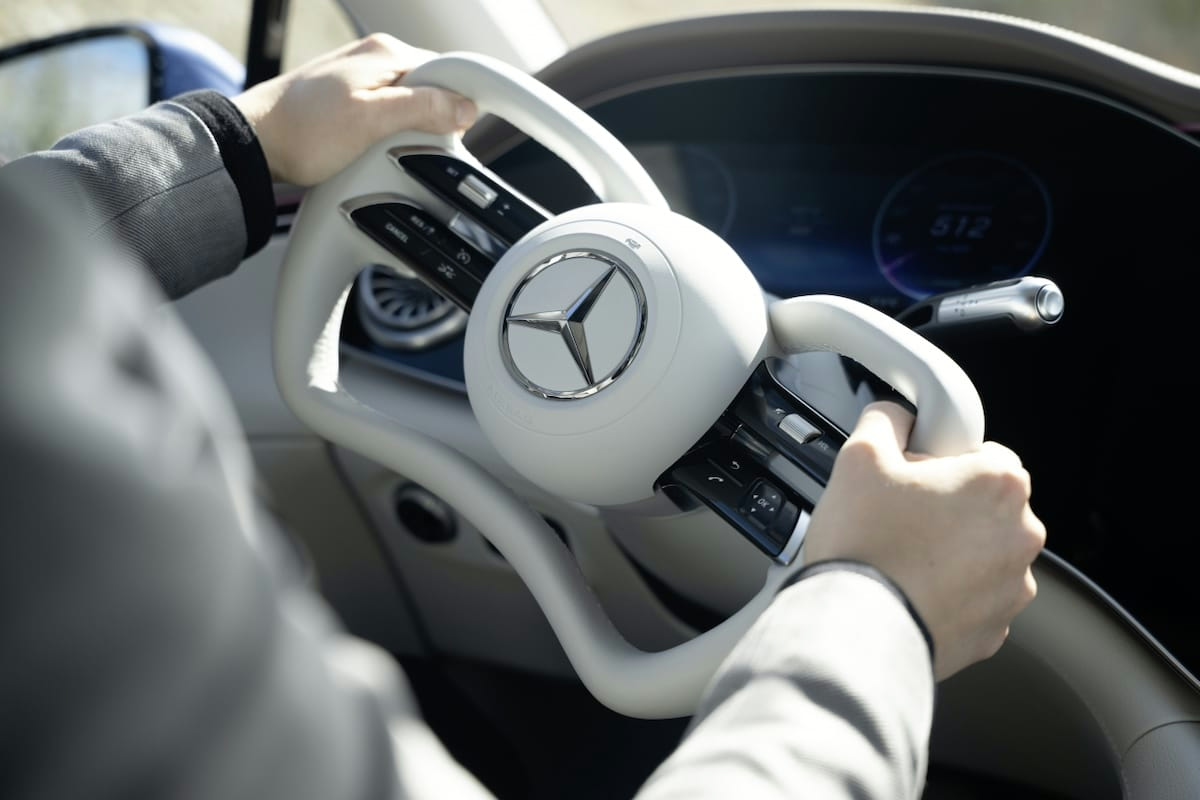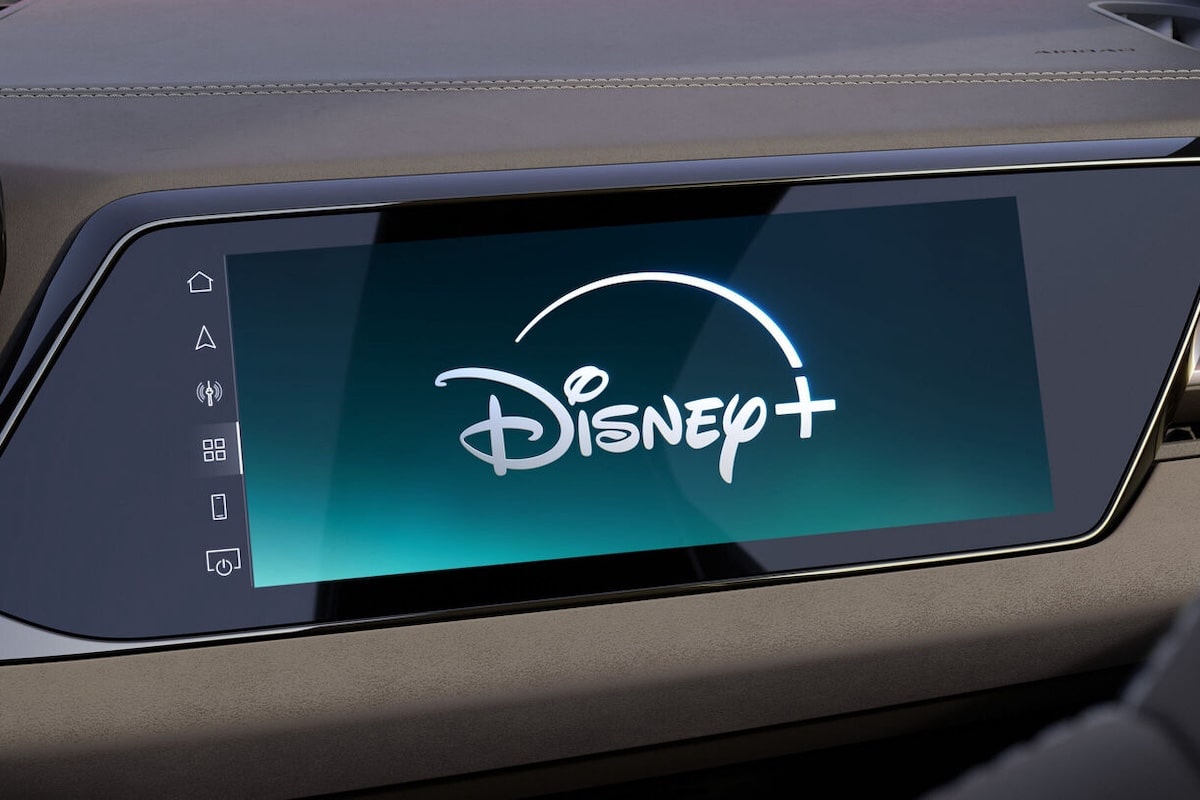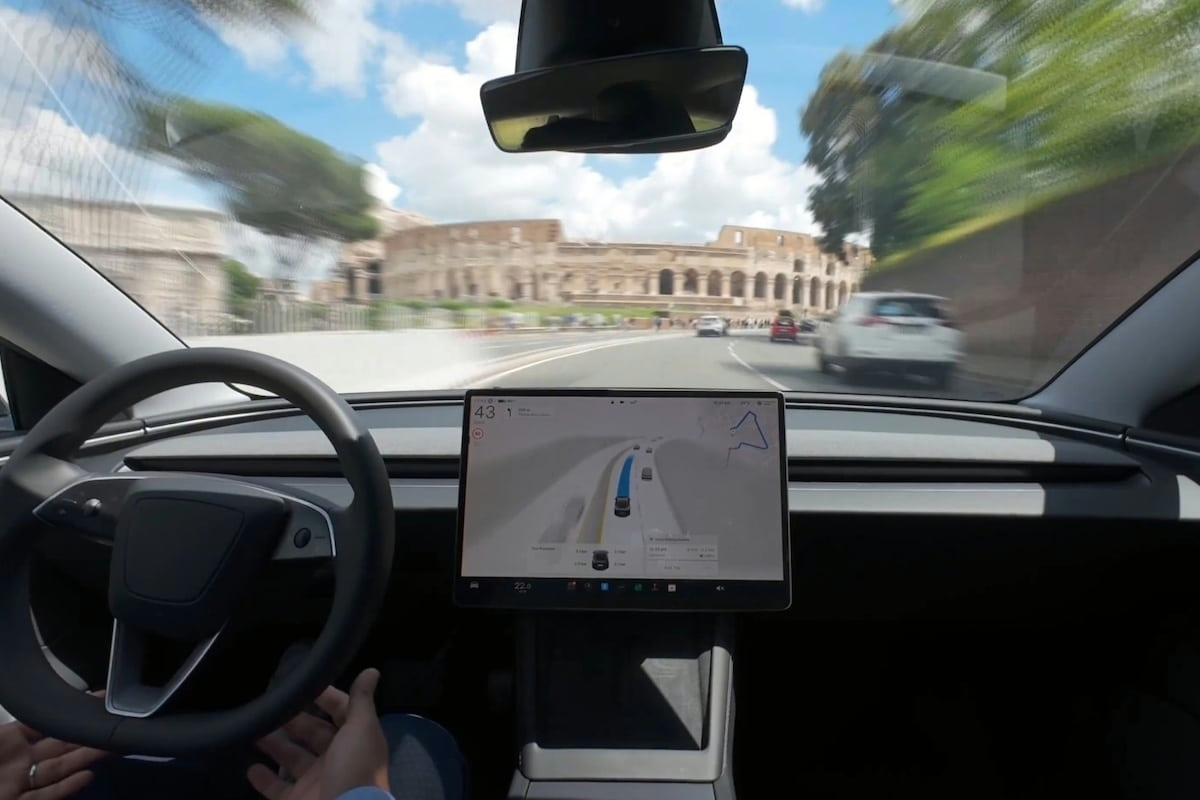This revolutionary leadership arrives at Mercedes in a year

Would you be willing to entrust the driving of your cars to a herd of electric fleas? Mercedes thinks so.
The world’s first automobile presented in 1886, Carl Benz’s Patent-Motorwagen, founder of Mercedes-Benz, did not have a steering wheel. It was equipped with a simple, rudimentary crank for steering. It wasn’t until 1894 that a car adopted its first steering wheel, thanks to French engineer Alfred Vacheron. Today, Mercedes-Benz is reinventing this essential link between the driver and the road with a major technological breakthrough: the electric steering system “steer-by-wire,” scheduled for 2026.
This system eliminates any mechanical connection between the steering wheel and the front wheels. Driver commands are transmitted through electrical signals. This technology offers a responsive and precise driving experience, whether in city or on highway, while reducing vibrations transmitted to the driver. In collaboration with the rear axle steering, which can rotate up to 10 degrees, steer-by-wire enhances maneuverability and stability in all situations.
Mercedes accelerates this revolution
According to Markus Schäfer, Mercedes-Benz’s Chief Technology Officer, this innovation sets a new standard in customer experience and paves the way for advances like SAE Level 3 autonomous driving. For example, a flatter steering wheel, made possible by this system, frees up space and improves visibility of the screens, enriching the multimedia experience.
Besides its benefits in comfort and design, the system is highly adaptable. Steering parameters can be adjusted to suit customer preferences or the characteristics of different models. This flexibility also extends to potential futuristic vehicle architectures, enabling innovative interior arrangements.
In terms of safety, Mercedes-Benz reports conducting extensive tests on test benches and in real-world conditions, accumulating over a million kilometers. A redundant system architecture ensures optimal reliability, even in the unlikely event of a failure. Thanks to precise sensors and high-performance control units, the system maintains functional steering via the rear axle and ESP.
With steer-by-wire, Mercedes-Benz is not reinventing the wheel, as production models like the Tesla Cybertruck already feature it. But this technology redefines the interaction between humans and machines. It opens new perspectives for vehicle design, comfort, and personalization, while representing a key step toward the mobility of tomorrow.
This page is translated from the original post "Cette direction révolutionnaire arrive dans un an chez Mercedes" in French.
We also suggestthese articles:
Also read






